Origin of Northern Lights
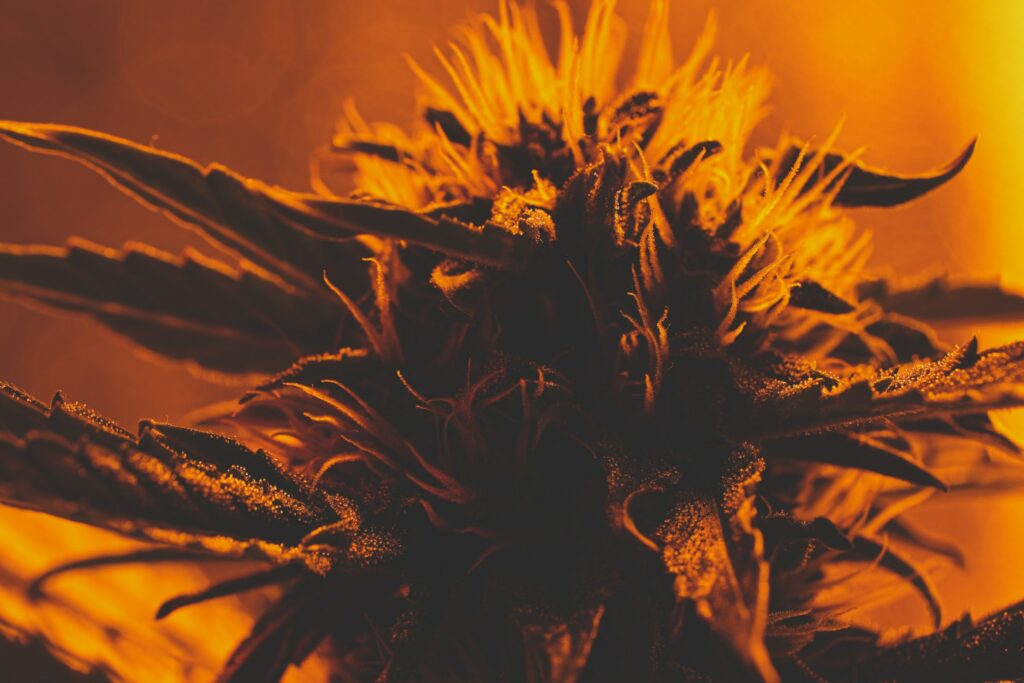
Northern Lights has to be one of the most famous cannabis strains known to modern man. It has won awards and been smoked in almost every corner of the planet.
The first version of the Northern Lights plants were purebred Indicas but hybrids were created using a touch of Thai Sativa. In 1985, Northern Lights made its way from the Pacific North West in the US to the Netherlands and fell into the hands of Neville Schoenmaker, who at the time was the first person to own a cannabis seed company – aptly named The Seed Bank and later became known as Sensi Seeds.
Starting from the beginning, Northern Lights was thought to have been bred near Seattle by a guy called The Indian. He had 11 plants labeled Northern Lights #1 to #11 and of the batch, #5 supposedly stood out. This batch was said to have purebred Afghanis with highly intense Indica traits. The plants were dark green with purple shades when flowering. They had a high resin content with THC levels of 15% and higher.
Genetics
So, all these plants from #1 to #11 were given to Neville and were apparently female clones. It was just a matter of time when other strains were bred with the females and new strains of seeds were coming up in The Seed Bank’s inventory.
Northern Lights #1 and Northern Lights #2 are mentioned as the parents of many new strains created by Neville in the eighties. Northern Lights plants were also used to create the infamously potent G-13, Big Bud, Swazi, and Haze.
The lineage of the different Northern Lights strains gets confusing because of the diverse strains as well as the inbred strains closely related. The Northern Lights #5 clone that stood out from the others never saw seeds for sale in the market. And we can only assume it was the only unchanged plant of the original batch. But it was used to produce some outstanding hybrids like the famous Jack Herer which boasts the beautiful union between Northern Lights, Haze, and Skunk.
The current Northern Lights versions offered today by Sensi Seeds is described as a mix of variants of Northern Lights and popular opinion is that this combination includes Northern Lights #1, Northern Lights #5 and/or Northern Lights #2 but whether hybrids of these plants were also used is anyone’s guess.
Today there are breeders who offer high-quality Northern Lights hybrids and one of the best Northern Lights #5 (modern version) comes from a Canadian seed company in British Columbia. It is said that their plant comes from the Northern Lights #5 and Northern Lights #2 hybrid that was created by Neville.
We Hope Its True
Another rumor about Northern Lights is that there is supposedly a private cutting of the Northern Lights plant that is the real McCoy and known as P91 (Poway Class of ’91), which originates from San Diego and is an inbred of Northern Lights #5. It’s not easy to get this confirmed because whoever is holding onto this plant probably doesn’t want to be hounded by the cannabis community or worse yet, be the victim of some crazy who wants to get their hands on the specimen. But it is comforting to know that there is still a pure Northern Lights plant left somewhere in the world.
Strain Varieties
Other strains that hail from the Northern Lights lineage is Chronic (50% Northern Lights) Super Silver Haze, Warlock Super Skunk, Shiva Skunk, Double Dutch, and many more. There are just too many different strains with Northern Lights to mention. Over the years this strain played an important part in cannabis genetics and different companies offer their own versions of the Northern Lights. What we do for sure is that there are a lot of varieties in circulation.
Famed History
During the eighties when the Northern Lights was first commercialized, it became a legend in its own right and a breakthrough Indica strain. Northern Lights #5 actually went on to win the Cannabis Cup 3 x. Today, Sensi Seeds sells a selection of Northern Light seeds that include non-feminized, feminized, and auto-flowering varieties.
Consumer Tips
Northern Lights seeds are fairly easy to grow both outdoors and indoors. When mature, its height is average with resinous and dense buds. If growing outside, it will thrive in a sunny, warm climate and produce a high yield. The effects of this strain present full relaxation and a tranquil euphoria. It is best known for its sweet but spicy, earthy flavor.

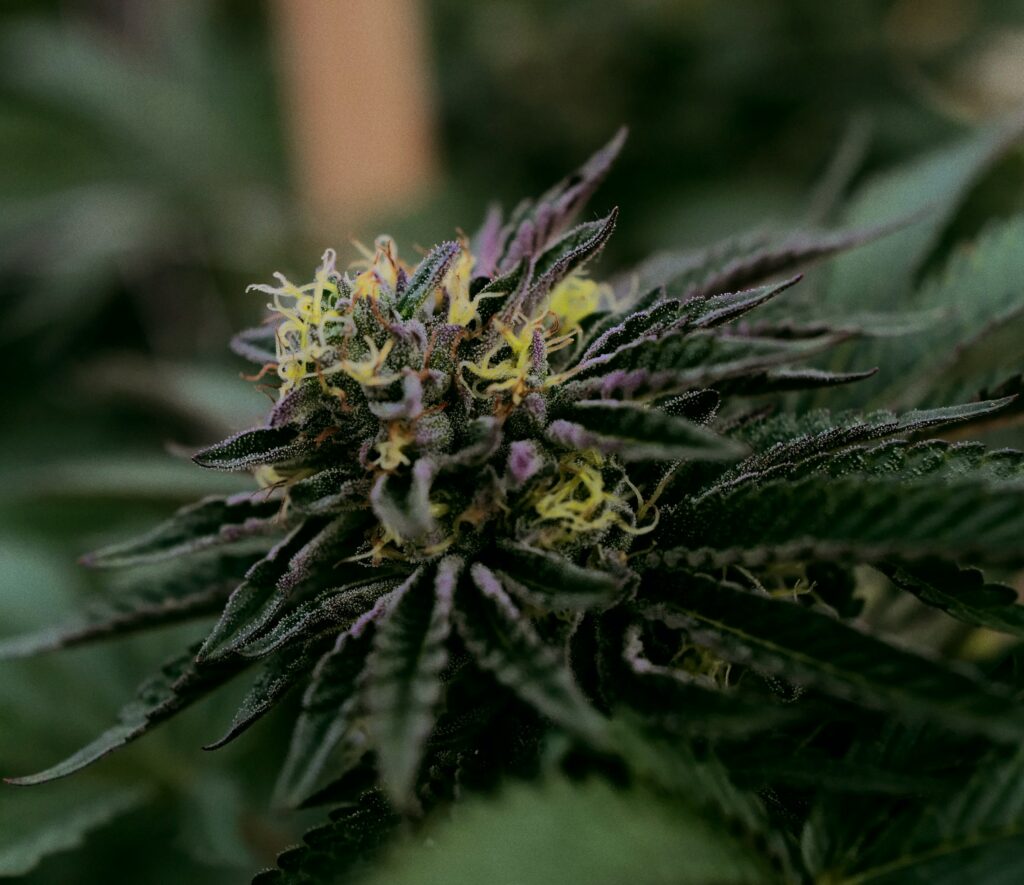
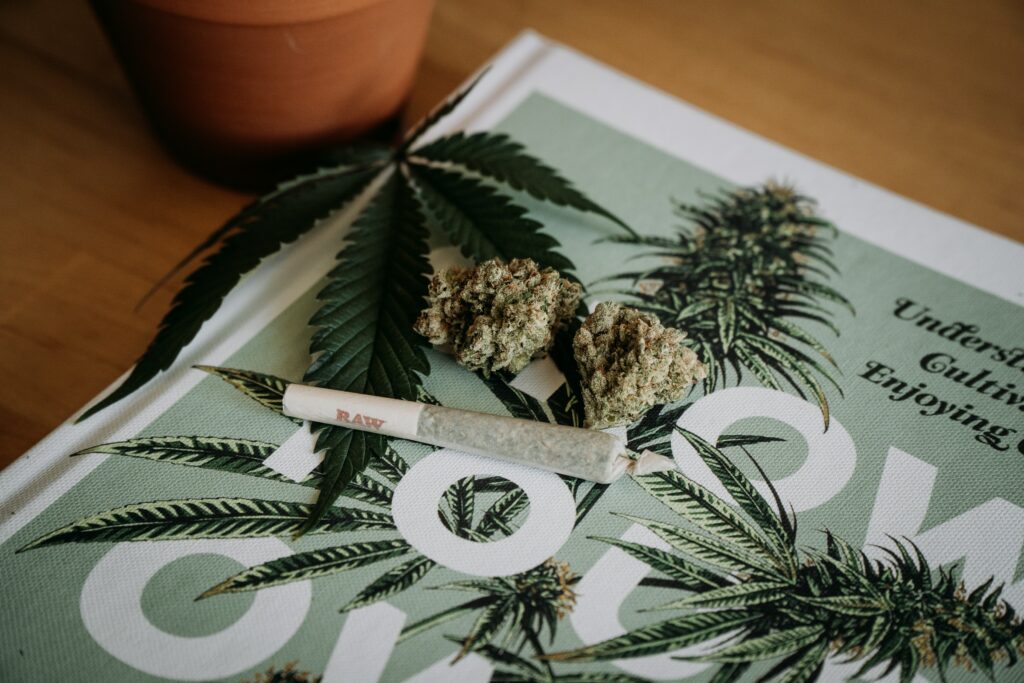
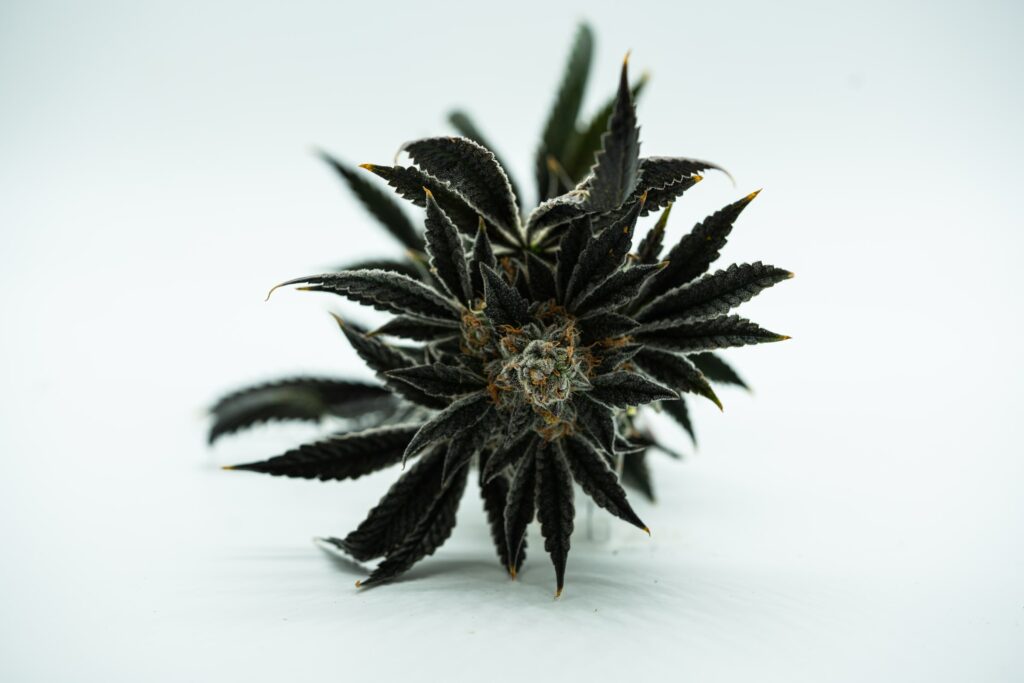
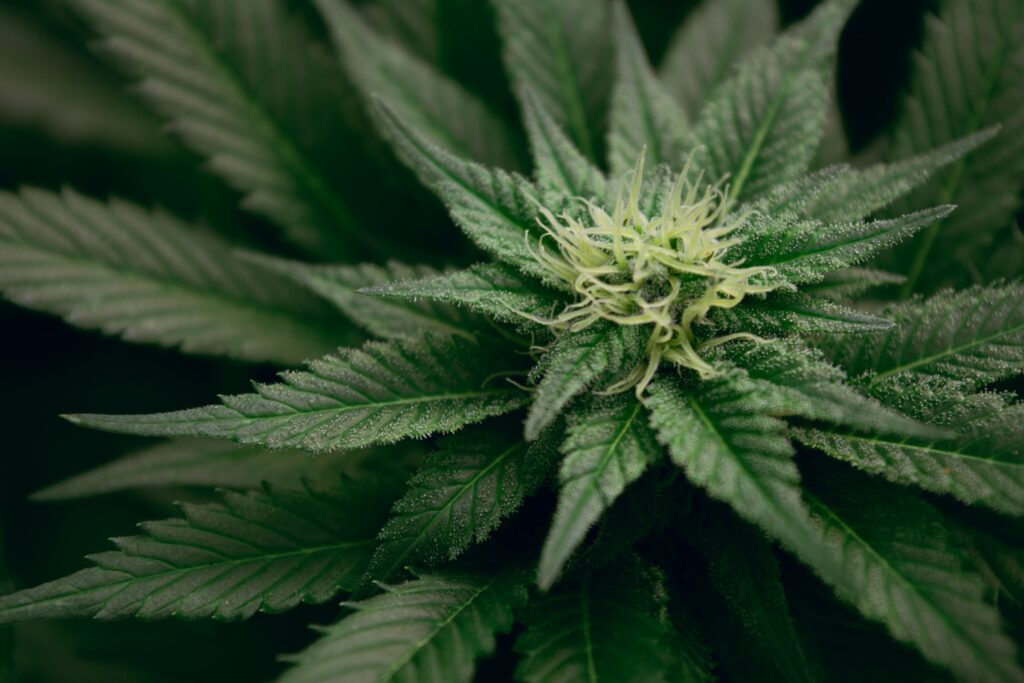
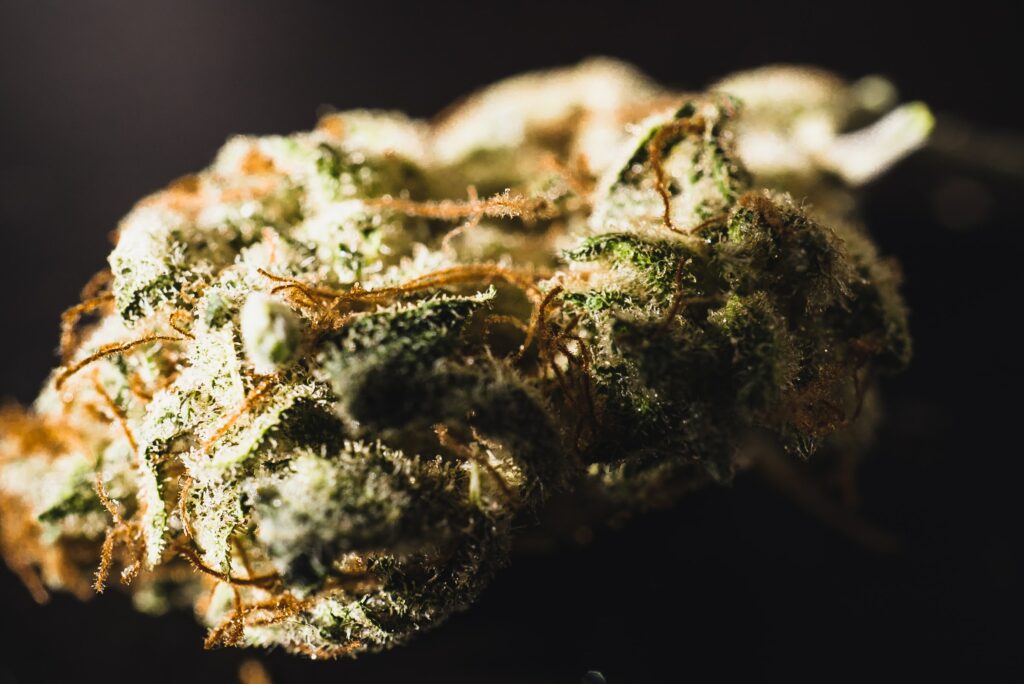
Responses